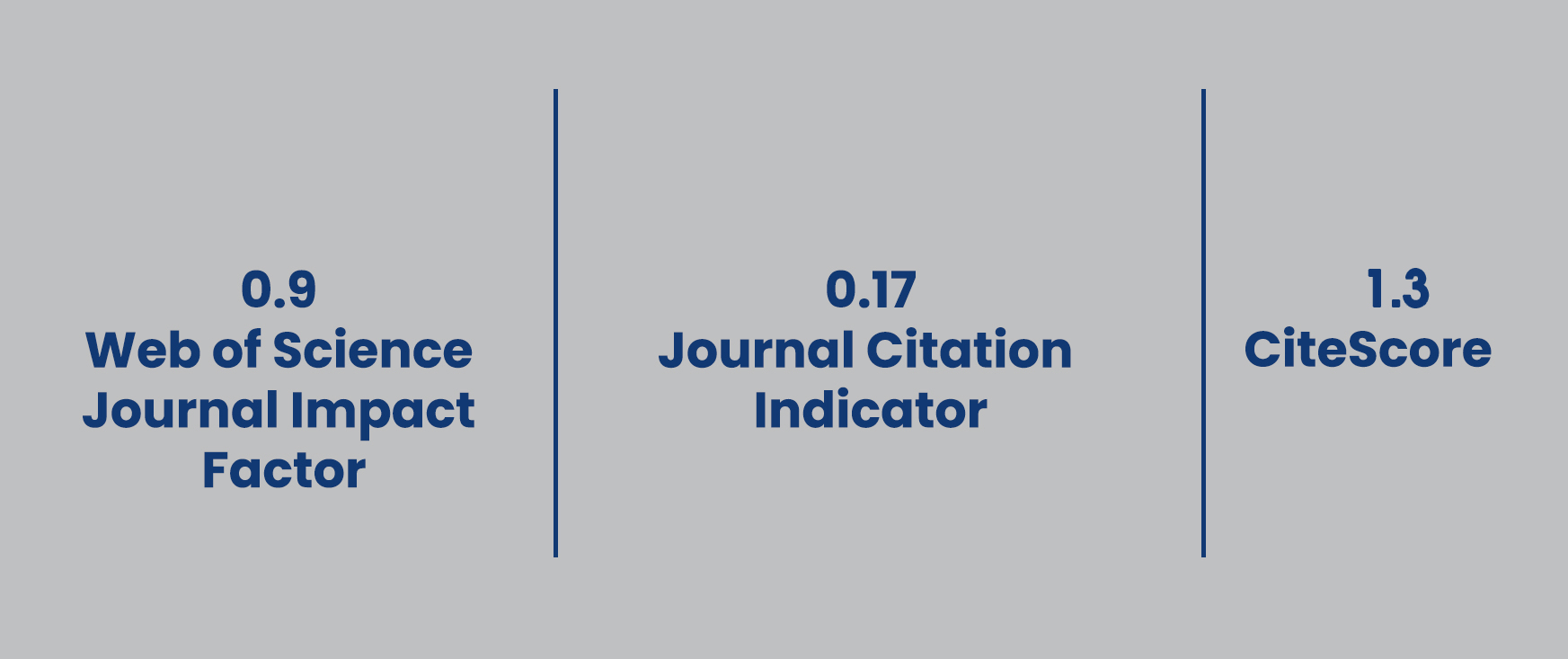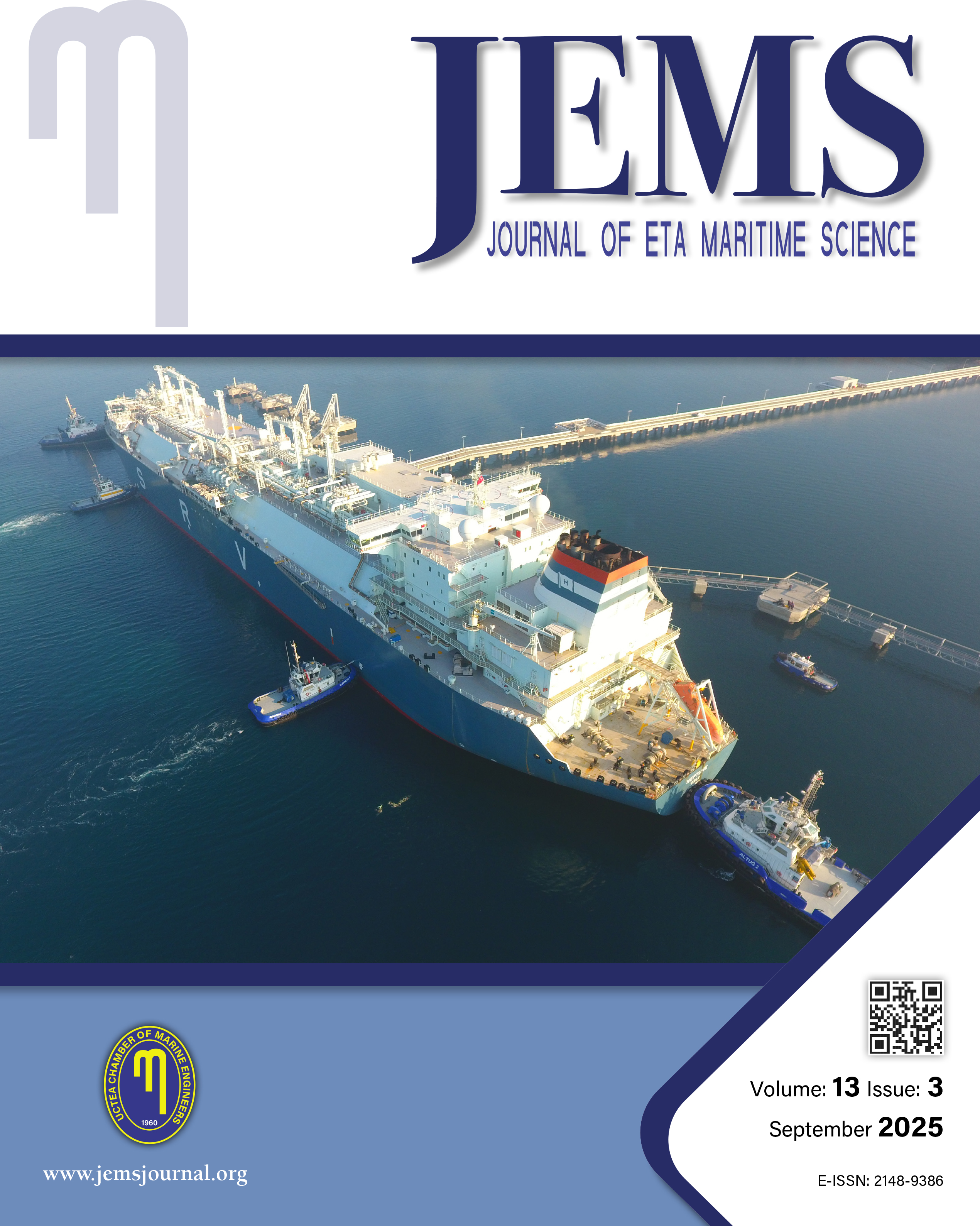

JEMS apply the Creative Commons Attribution NonCommercial 4.0 International Licence to all manuscripts to be published
A Dynamic Discretization Algorithm for Learning BN Model: Predicting Causation Probability of Ship Collision in the Sunda Strait, Indonesia
Iis Dewi Ratih1, Ketut Buda Artana1, Heri Kuswanto2, Dhimas Widhi Handani1, Renata Zahabiya31Institut Teknologi Sepuluh Nopember, Department of Marine Engineering, Surabaya, Indonesia2Institut Teknologi Sepuluh Nopember, Department of Statistics, Surabaya, Indonesia
3Institut Teknologi Sepuluh Nopember, Department of Business Statistics, Surabaya, Indonesia
Ship collisions represent a significant category of maritime accidents with far-reaching consequences that cause damage to the involved ship and neighboring vessels. This poses a threat to the marine environment, leading to potential oil spills and the triggering of additional maritime accidents. Therefore, predicting the frequency of ship collisions by identifying the contributing factors is crucial as an initial step in preventing and mitigating their occurrence. Causation probability refers to the likelihood of events resulting from a ship collision. The contributing factors to ship collisions include weather conditions, technical failure, insufficient resources, navigation errors, human error, and the failure of other vessels. The Bayesian Network (BN) machine learning method is capable of predicting ship collisions. This method delineates the relationships among diverse and complex random variables in the form of a diagram grounded in conditional probability theory. It considers both categorical and continuous variables. The prediction of ship collisions through the application of the BN involves the use of a dynamic discretization algorithm, which offers advantages over static discretization. In this research, the causation probability of ship collisions in the Sunda Strait, Indonesia was predicted. This endeavor is necessary because of the distinct characteristics inherent to each geographical area, which implies the likelihood of varying causation probabilities across regions. The resulting predictive model for the likelihood of ship collisions in the Sunda Strait, Indonesia, derived from the implementation of the BN with the dynamic discretization algorithm, yields causation probabilities of head-on collision at 2.74x10-4, overtaking at 9.84x10-4, and crossing at 8.41x10-5. The model demonstrated an overall accuracy of 94.74%.
Keywords: Dynamic discretization, BN, Ship collisionManuscript Language: English
(1157 downloaded)










